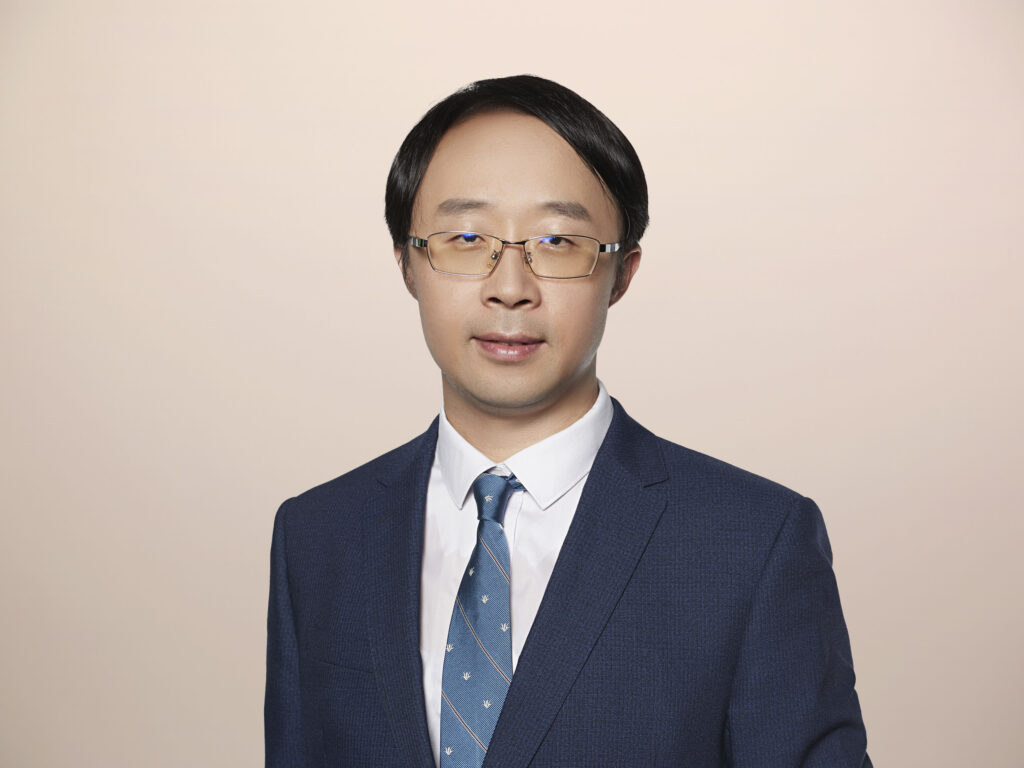5-Years Journey Of TOGAF In China Is Just A Beginning For EA
As businesses get larger, and the need for effective alignment of the business with technology capabilities grows, enterprise architecture becomes an essential competency. But in China, many CIOs are struggling with setting up a high-performance enterprise architecture program to support their business strategies in a disruptive market landscape. This seems equally true for state-owned enterprises (SOEs) and multinational companies (MNCs).
To gain a better understanding of the problem, I had an interesting conversation with Le Yao, general secretary of Center for Informatization and Information Management (CIIM) and director of the CIO program at Peking University. Le Yao is one of the first pioneers introducing The Open Group Architecture Framework (TOGAF) into China to help address the above challenges. I believe that the five-year journey of TOGAF in China is just an early beginning for EA, and companies in the China market need relevant EA insights to help them support their business:
- Taking an EA course is one thing; practicing EA is something else. Companies taking TOGAF courses in China seem to be aiming more at sales enablement than practicing EA internally. MNCs like IBM, Accenture, and HP are more likely to try to infuse the essence of the methodology into their PowerPoint slides for marketing and/or bidding purposes; IBM has also invited channel partners such as Neusoft, Digital China, CS&S, and Asiainfo to take the training.
- TOGAF is too high-level to be relevant. End user trainees learning the enterprise architecture framework that Yao’s team introduced in China in 2007 found it to be too high-level and conceptual. Also, the trainers only went through what was written in the textbook without using industry-specific cases or practice-related information — making the training less relevant and difficult to apply.
- Chinese companies need an impartial information source for EA. After Kingdee, a local enterprise management software and eBusiness solution provider, became the founder and first platinum member of the Open Group China branch in 2009, its business model of only applying standard training components (and to its clients, sometimes for free) and its local brand name has negatively affected TOGAF’s authority. It’s hard to build up a reputation in this ecosystem. Not only enterprise architects and end user company CIOs, but also local training organizations who want to develop the EA market, would prefer to introduce another impartial third-party information source with sufficient insights.
- Some industries might have barriers for foreign EA solution providers. Due to national security and privacy concerns, sectors of the Chinese government (like public security) often purchase a limited license for a foreign EA tool just to study it; the solutions they adopt for actual use will come from local providers like Tecsoon, which provides architecture development and data planning tools.
- Huawei is one of the very few leaders in the EA practice. To practice EA, you need to have the talent first. It’s very rare to see a Chinese company with its own EA team, but Huawei is one of them. Huawei’s department of process and IT management is one of eight departments at company headquarters with more than 1,500 personnel; the architecture management team in this department has about 50 people dedicated to enterprise architecture.
What do you think the future of EA in China is? Will standard frameworks like TOGAF catch on? What is the best way to encourage development of robust EA practices?
